Tu carrito esta vacío
Ojales
Looking for grommet hardware that matches your high standards? We stock durable grommets trusted by leading designers and manufacturers. Our selection enhances window treatments, upholstery, marine applications, automotive interiors, and custom design projects with professional-grade quality and elegant finishes.
Precio
Size
Color
Size and Yardage

- Precio
- $202.00
Ojales niquelados CS Osborne
OJALES NIQUELADOS CS Osborne Herramientas de tapicería

- Precio
- $150.00
Ojales niquelados CS Osborne
OJALES NIQUELADOS CS Osborne Herramientas de tapicería

- Precio
- $114.00
Ojales niquelados CS Osborne
OJALES NIQUELADOS CS Osborne Herramientas de tapicería

- Precio
- $96.00
Ojales niquelados CS Osborne
OJALES NIQUELADOS CS Osborne Herramientas de tapicería

- Precio
- $74.00
Ojales niquelados CS Osborne
OJALES NIQUELADOS CS Osborne Herramientas de tapicería

- Precio
- $63.00
Ojales niquelados CS Osborne
OJALES NIQUELADOS CS Osborne Herramientas de tapicería

- Precio
- $8.00
Ojal de níquel CS Osborne de 2"
OJAL DE NÍQUEL DE 2" CS Herramientas de tapicería Osborne

- Precio
- $55.00
Kit de ojales de níquel CS Osborne
Kit de ojales CS Osborne Cada kit incluye 1: Alicates de ajuste de ojales n.º 257 1: Perforadora n.º 245 1: Uno bruto, (144), ojales...

- Precio
- $55.00
Kit de ojales de latón CS Osborne
Kit de ojales CS Osborne Cada kit incluye 1: Alicates de ajuste de ojales n.º 257 1: Perforadora n.º 245 1: Uno bruto, (144), ojales...

- Precio
- $174.00
Kit de ojales rectos CS Osborne de 3/4"
KIT DE OJAL DE ESPUELA DE 3/4" CS Herramientas de tapicería Osborne

- Precio
- $138.00
Kit de ojales rectos CS Osborne de 7/16"
KIT DE OJALES DE ESPUELA DE 7/16" CS Herramientas de tapicería Osborne
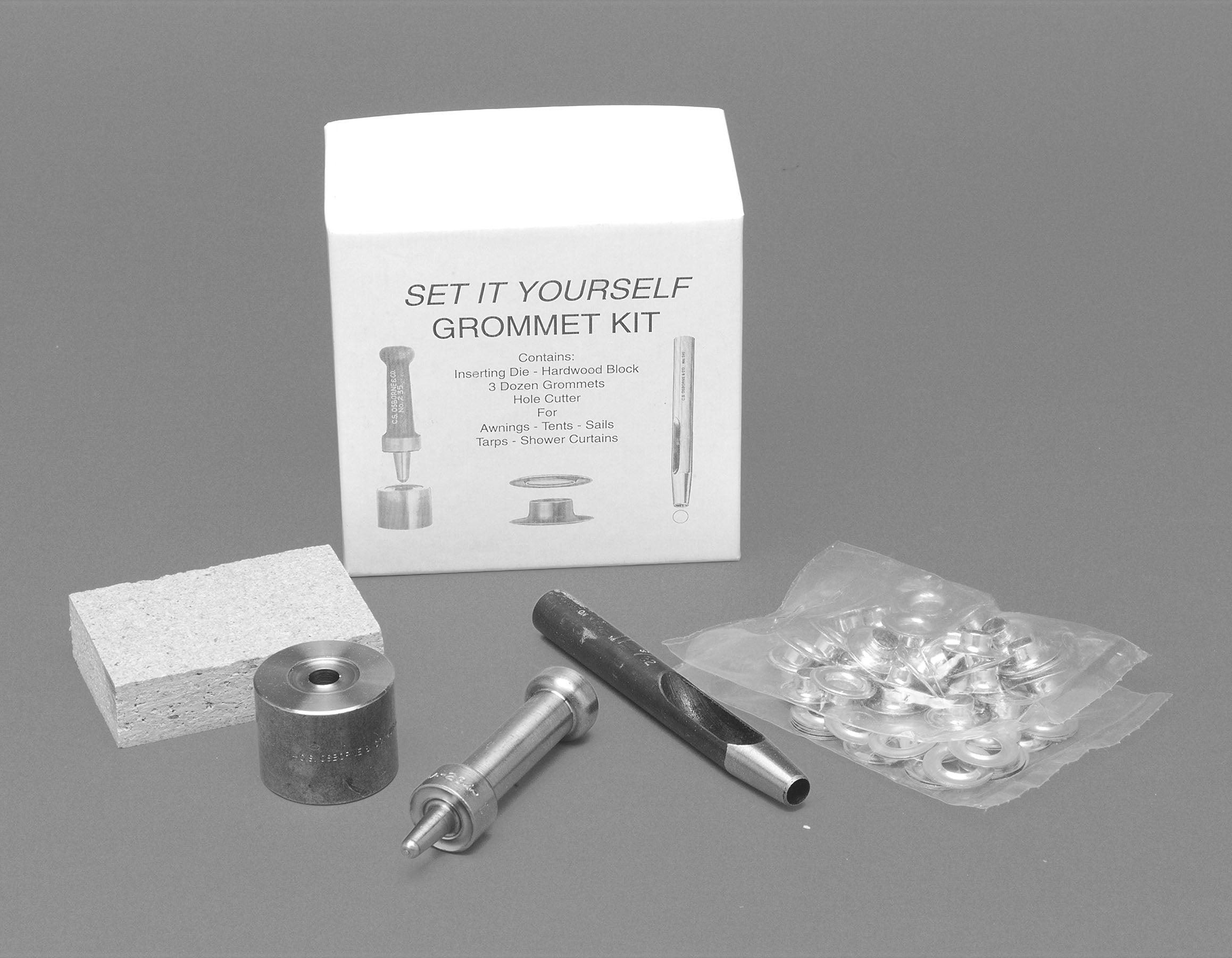
- Precio
- $96.00
CS Osborne Home Kit de ojales/ - Níquel 13/16" - 6
Kit de ojales de níquel para el hogar CS Osborne Un kit completo y asequible para uso del consumidor. Cada kit incluye: 1: Troquel de...
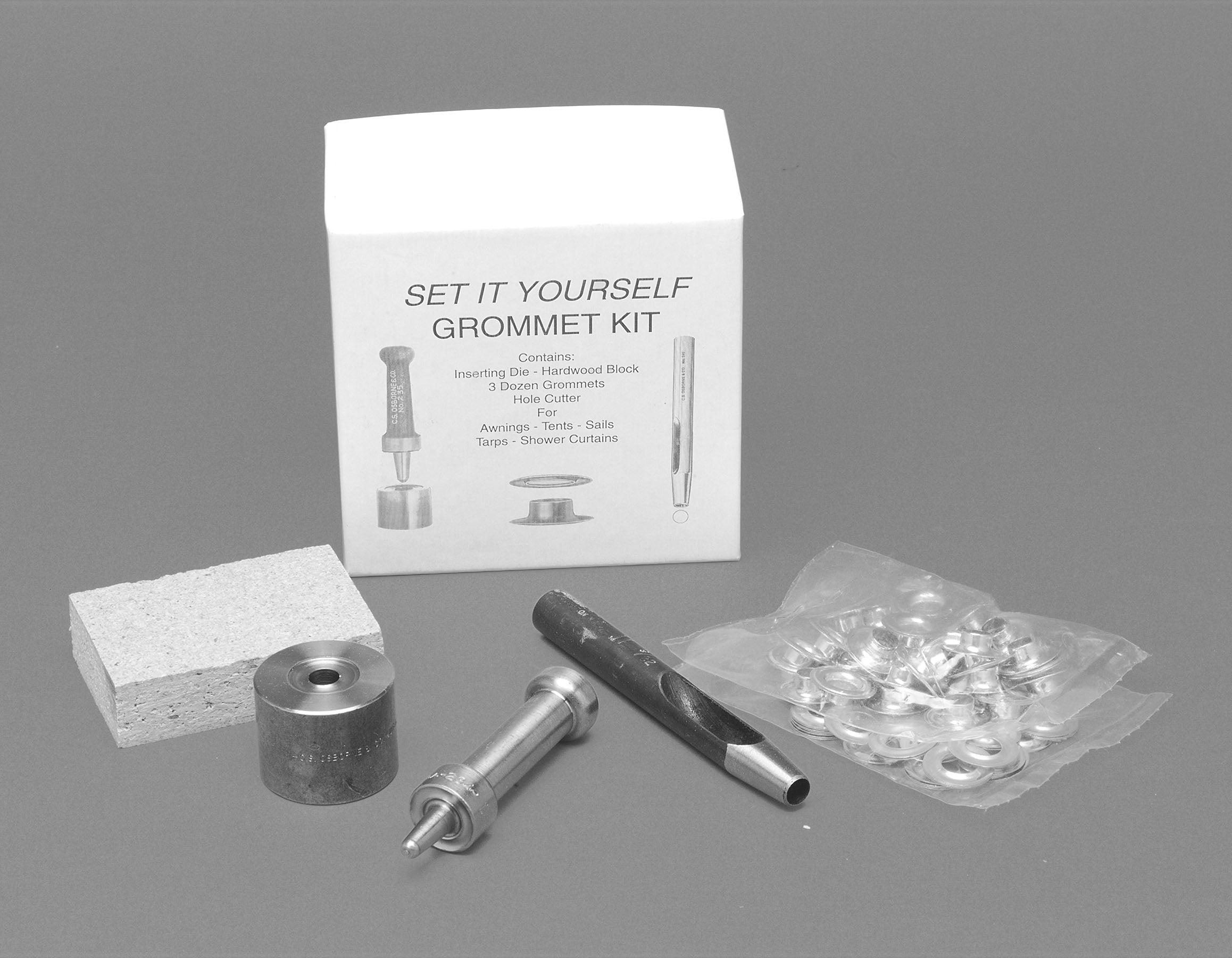
- Precio
- $74.00
CS Osborne Home Kit de ojales/ - Níquel 5/8" - 5
Kit de ojales de níquel para el hogar CS Osborne Un kit completo y asequible para uso del consumidor. Cada kit incluye: 1: Troquel de...

- Precio
- $48.00
CS Osborne Home Kit de ojales/ - Níquel 1/2" - 4
Kit de ojales de níquel para el hogar CS Osborne Un kit completo y asequible para uso del consumidor. Cada kit incluye: 1: Troquel de...
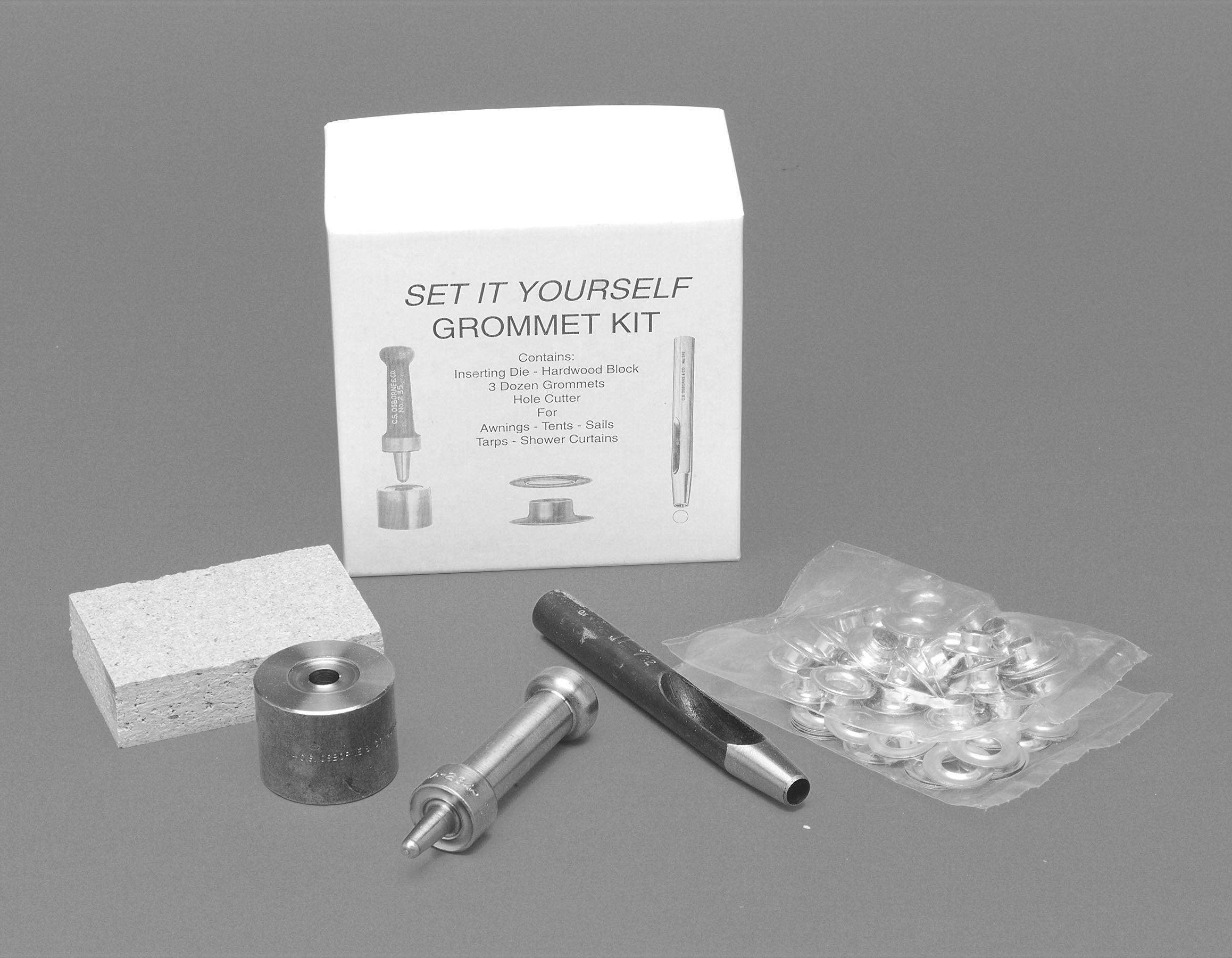
- Precio
- $48.00
CS Osborne Home Kit de ojales/ - Níquel 7/16" - 3
Kit de ojales de níquel para el hogar CS Osborne Un kit completo y asequible para uso del consumidor. Cada kit incluye: 1: Troquel de...
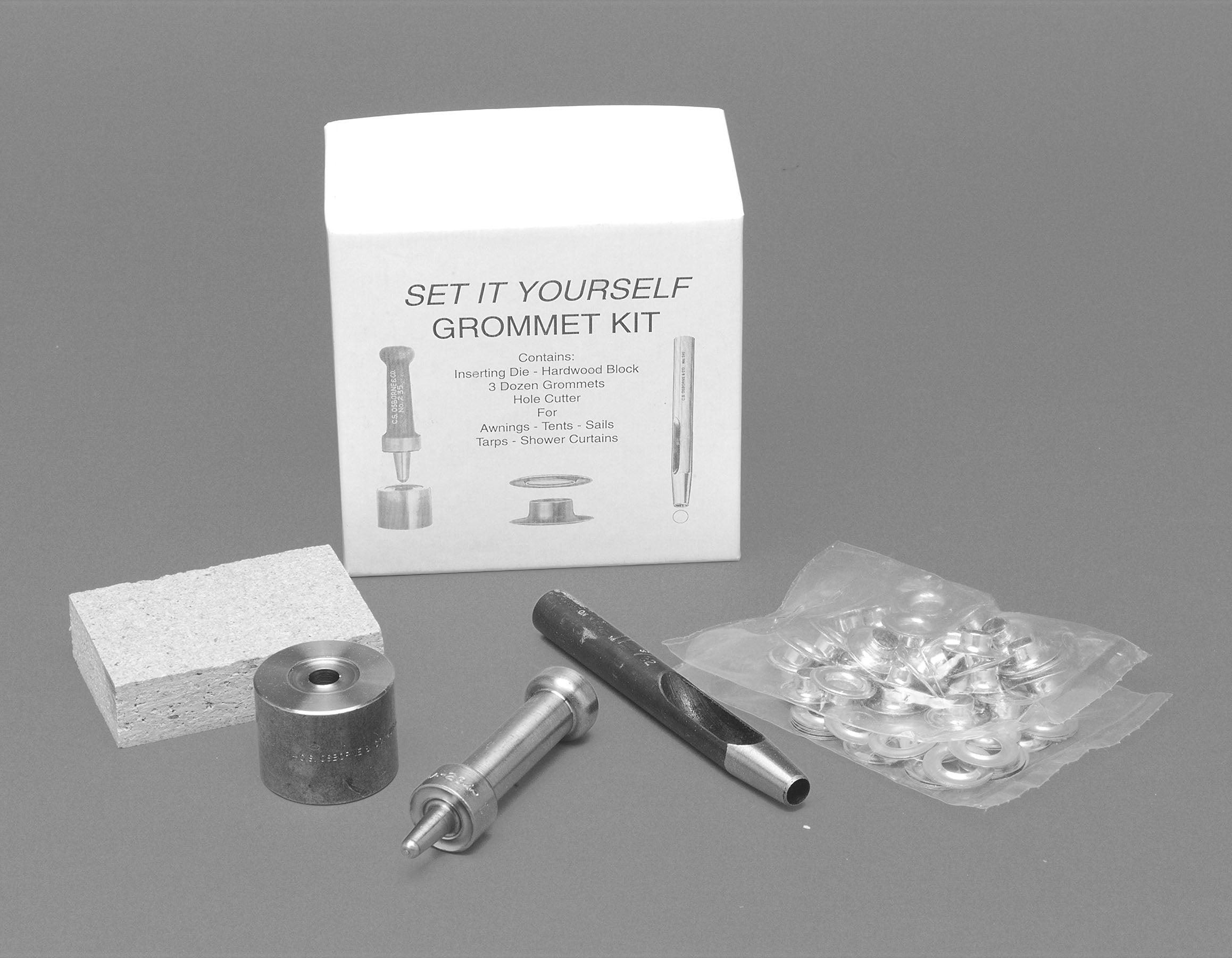
- Precio
- $47.00
CS Osborne Home Kit de ojales - Níquel 3/8" - 2
CS Osborne Home Kit de ojales - Níquel - 3/8" - Tamaño 2 Un kit completo y asequible para uso del consumidor. Cada kit incluye:...

- Precio
- $45.00
CS Osborne Home Kit de ojales/ - Níquel 9/32" - 1
CS Osborne Home Kit de ojales - Níquel - 9/32" - Tamaño 1 Un kit completo y asequible para uso del consumidor. Cada kit incluye:...
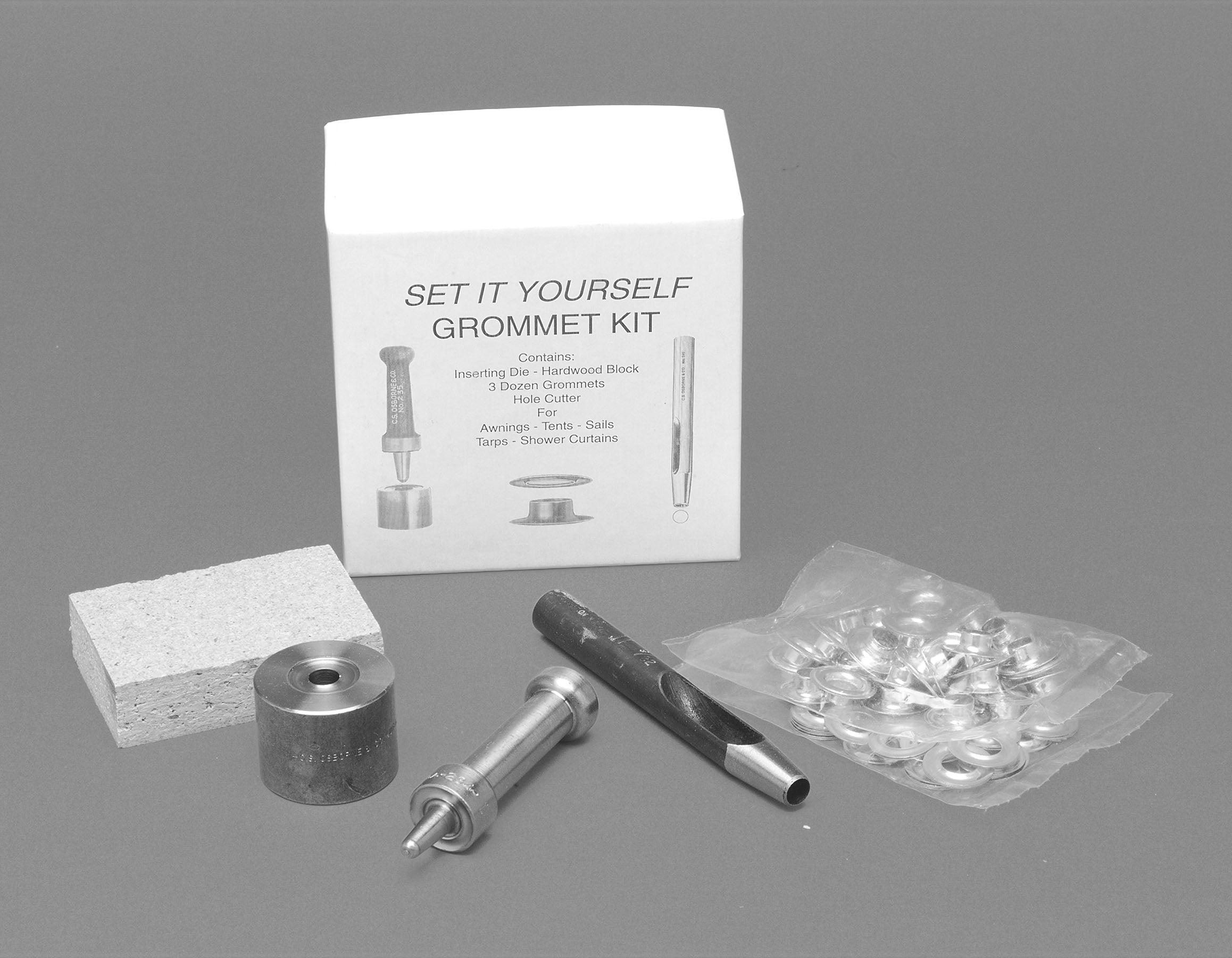
- Precio
- $43.00
CS Osborne Home Kit de ojales - Níquel - 3/16" - 00
CS Osborne Home Kit de ojales - Níquel - 3/16" - Tamaño 00 Un kit completo y asequible para uso del consumidor. Cada kit incluye:...

- Precio
- $43.00
CS Osborne Home Kit de ojales - Níquel 1/4" - 0
CS Osborne Home Kit de ojales - Níquel - 1/4" - Tamaño 0 Un kit completo y asequible para uso del consumidor. Cada kit incluye:...
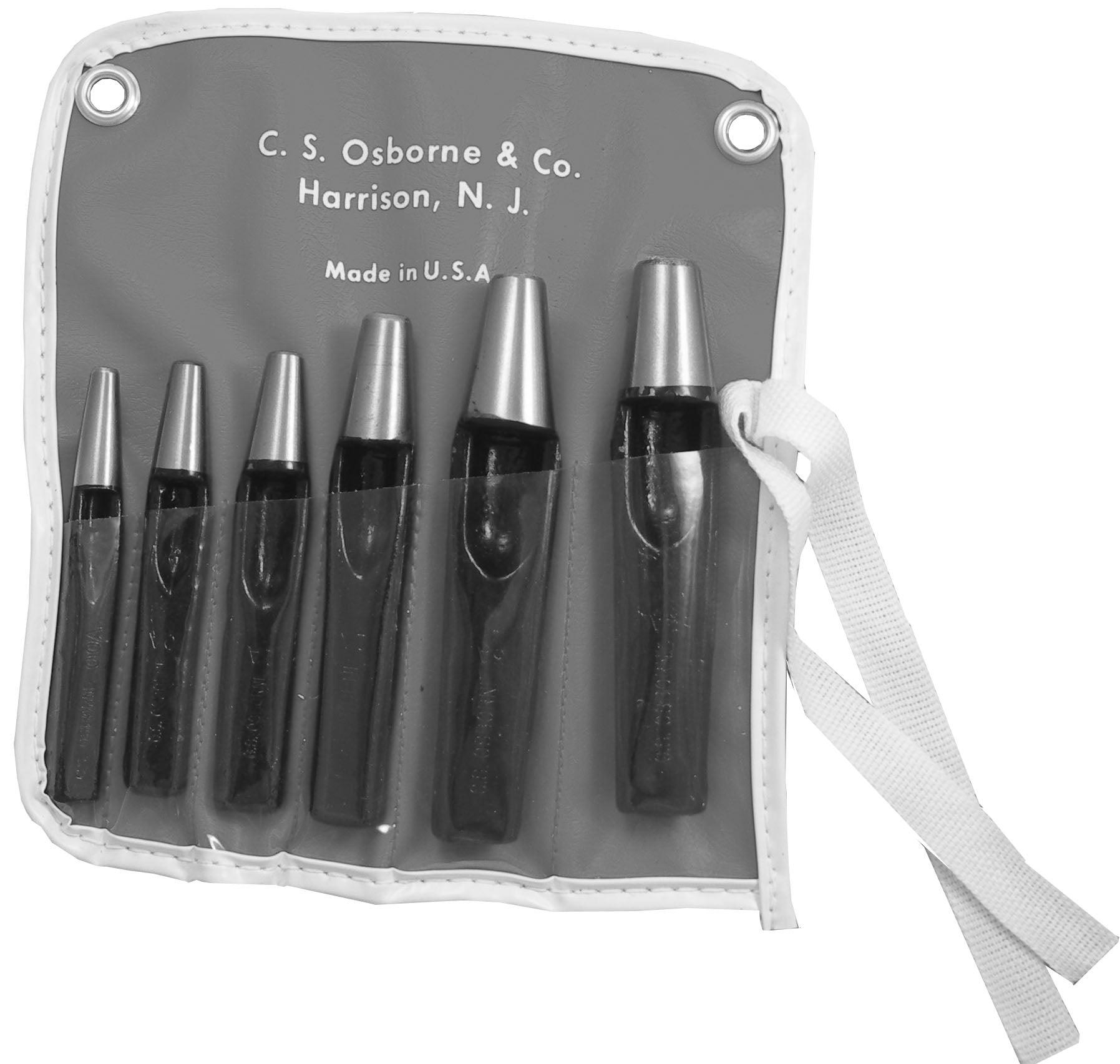
- Precio
- $203.00
C.S. Osborne Grommet Hole Cutter Set
C.S. Osborne Grommet Hole Cutter SetPacked In A Vinyl PouchContains 1 of each size:3/16"; 1/4"; 9/32"; 3/8"; 7/16"; 1/2".C.S. Osborne # K-500 UPC # 01522
Click here to learn more about Ojales
- Elegir una selección da como resultado una actualización de página completa.
